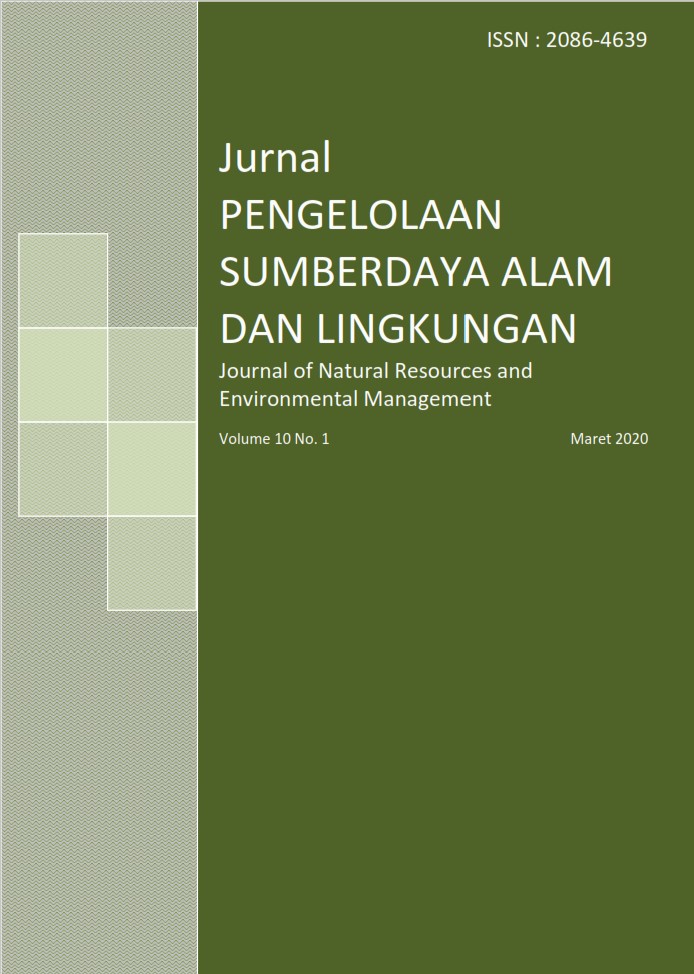Community based Management Sasi Laut Folley and Dynamics of Community Based Management
Abstract
Abstract: Indonesia is currently experiencing a decline in the quantity and quality of natural resources. The main cause is due to excessive use of natural resources and destructive behavior without responsibility of various parties. Mitigation measures that have been taken only benefit certain parties. An appropriate management model that is beneficial for all parties is needed. Community based management (CBM) such as the management of Sasi Laut in Kampung Folley, West Papua is one of the models considered appropriate to apply. Sasi as a tradition, is thought to undergo many changes. The aim of this study is to analyze the dynamics of the management of Kampung Folley Sea Sasi and its impact on strengthening management. The results of this study indicate that there is a management dynamics that involves five momentum changes, namely the formation of the village, the intervention of the role of religion, the introduction of technology, the involvement of external parties and the establishment of regulations for Water Conservation Area. The management elements that have changed are territorial boundaries, regulations, authority holders, rights, sanctions, and monitoring due to internal and external factors. The management dynamics that occur are leading to the strengthening of Sasi Laut management.
Authors
Authors who publish with this journal agree to the following terms:
- Authors retain copyright and grant the journal right of first publication with the work simultaneously licensed under a Creative Commons Attribution License that allows others to share the work with an acknowledgement of the work's authorship and initial publication in this journal.
- Authors are able to enter into separate, additional contractual arrangements for the non-exclusive distribution of the journal's published version of the work (e.g., post it to an institutional repository or publish it in a book), with an acknowledgement of its initial publication in this journal.
- Authors are permitted and encouraged to post their work online (e.g., in institutional repositories or on their website) prior to and during the submission process, as it can lead to productive exchanges, as well as earlier and greater citation of published work (See The Effect of Open Access).
Article Details
10.29244/jpsl.14.1.148-159
10.14710/lr.v16i2.33774
10.1051/bioconf/202413406021
10.21608/ejabf.2024.380407






